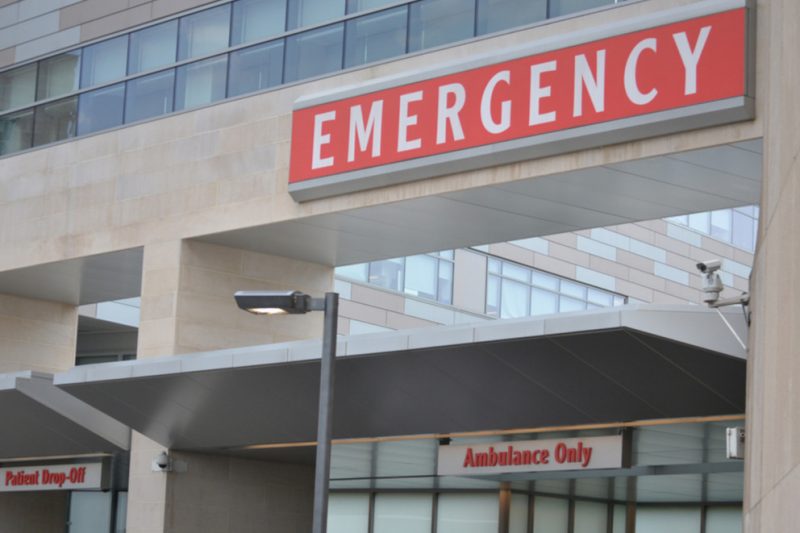When seeking critical medical care, minutes count — especially when dealing with cases of suspected heart attack or stroke. Yet many patients in need of emergency care have delayed or avoided a trip to the hospital fearing possible infection with COVID-19.
In the first three months of the pandemic, Penn State Health Milton S. Hershey Medical Center saw a decrease of up to 50% in the number of patients visiting the Emergency Department for serious incidents. Although those numbers are starting to rebound, experts say it is important for patients to understand that not only do hospitals offer safe care, but also that getting fast treatment can prevent disability or death.
“There is a lot of concern about COVID-19 — and you should be concerned as it is very serious — but you are 10 times more likely to die from an untreated heart attack than you are from COVID-19,” said Dr. Chad Zack, an interventional cardiologist at Penn State Heart and Vascular Institute. “Other things we worry about would be sudden cardiac arrest at home, heart failure symptoms in the short term and in the long term, and even delayed complications that can be associated with heart muscle rupture or acute onset valvular heart disease.”
While the classic symptoms of a heart attack include chest pain, chest tightness, and aches in the chest or arms that typically radiate to the neck or jaw, some people may experience nausea, abdominal pain or even shortness of breath.
“If you experience any of these symptoms, especially if you have a history of cardiac disease, we urge you to call 911 and be seen promptly — especially if symptoms persist for more than 15 minutes,” Zack said. “If people do have a cardiac history or they’ve had a prior heart attack, their symptoms of a new heart attack may be very similar to what their prior symptoms were.”
In the event of a stroke, in which someone experiences sudden onset neurological symptoms, timely medical care also is critical to increase the likelihood of a favorable outcome, according to Dr. Ray Reichwein, neurologist and co-director of Penn State Stroke Center.
“A number of people who have milder symptoms may feel that they are going to ride it out at home. It turns out individuals who suffer a mini stroke or a mild stroke have a much higher likelihood of having another stroke over the next 90 days,” Reichwein said. “I encourage everyone that it is critical, even with milder symptoms, to get checked out and determine why it happened and hopefully change the management, so they don’t end up with a subsequent, disabling stroke.”
Despite these warnings, many people still worry a trip to the Emergency Department means exposure to COVID-19. Patients should set that concern aside at the Milton S. Hershey Medical Center, said Dr. Susan Promes, chair of the Department of Emergency Medicine, because the hospital has implemented multiple safety precautions to keep them safe.
“When patients arrive now either by ambulance or private vehicle, they are met by a nurse greeter who asks screening questions to determine whether the patient needs to be brought directly back to a room with a door because they are exhibiting signs and symptoms of COVID,” Promes said. “Once we separate patients who are at risk, they are assigned to rooms or asked to wait in the waiting room or in the Emergency Department tent where we encourage people to practice social distancing. We also make sure everyone is wearing a mask.”
Additional safety measures include restricting patients suspected of having COVID-19 from bringing someone with them, limiting other patients to one family or support person, following enhanced cleaning protocols and requiring staff to wear masks and other forms of personal protective equipment.
“We really want to reduce the spread of the disease,” Promes said. “We’re doing everything we can to protect our care team, as well as patients, family and support people.”
The Medical Minute is a weekly health news feature produced by Penn State Health. Articles feature the expertise of faculty, physicians and staff, and are designed to offer timely, relevant health information of interest to a broad audience.
